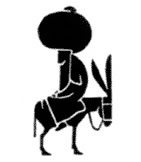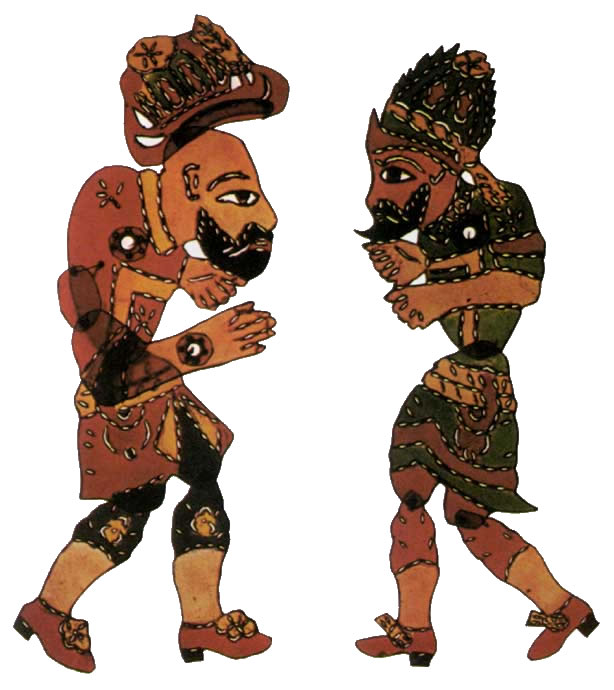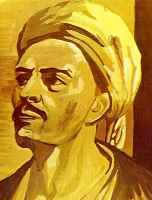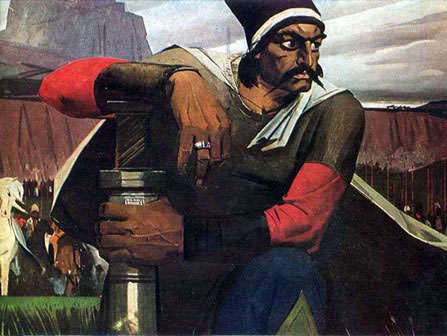The best online travel planning , booking and reservation system for Icmeler and Marmaris. We will be asisting you through your holiday and we will try our best to make your holiday comfortable and enjoy your stay. The best online travel planning , booking and reservation system for Icmeler and Marmaris. We will be asisting you through your holiday and we will try our best to make your holiday comfortable and enjoy your stay.
CULTURE&ART
Folk Heros
 Nasrettin Hoca : A 13th century humorist and sage from Aksehir. His witticisms are known throughout Turkey and often appear in conversation.
Nasrettin Hoca : A 13th century humorist and sage from Aksehir. His witticisms are known throughout Turkey and often appear in conversation. Karagoz : A jester, said to have lived in Bursa in the 14th century and now immortalized as a shadow puppet. Karagoz is a rough man of the people who uses his ribald with to get the better of his pompous friend, Hacivat. The puppets are made from gaily painted, translucent animal skins and are projected onto a write screen.
Karagoz : A jester, said to have lived in Bursa in the 14th century and now immortalized as a shadow puppet. Karagoz is a rough man of the people who uses his ribald with to get the better of his pompous friend, Hacivat. The puppets are made from gaily painted, translucent animal skins and are projected onto a write screen. Yunus Emre : The 13th century philosopher poet, one of Turkey's national tresures, promoted basic themes of universal love, friendship, brotherliness and divine Justice. His simple and pure writting is relevant and thought-provoking to this day.
Yunus Emre : The 13th century philosopher poet, one of Turkey's national tresures, promoted basic themes of universal love, friendship, brotherliness and divine Justice. His simple and pure writting is relevant and thought-provoking to this day. Koroglu : A 15th century folk poet, Koroglu was a role model for his contemporaries and a hero of his time. His adventures have been recounted for centuries and perhaps now with more interest than ever. Koroglu was one of the first people to pioneer the ideal of unconditional help for the poor and down trodden. He was also spoke out against government control and harrassment.
Koroglu : A 15th century folk poet, Koroglu was a role model for his contemporaries and a hero of his time. His adventures have been recounted for centuries and perhaps now with more interest than ever. Koroglu was one of the first people to pioneer the ideal of unconditional help for the poor and down trodden. He was also spoke out against government control and harrassment.Folk Dances
Folk dances have different characteristics based on region and location are generaly engaged in during weddings, journeys to the mountains in the summer, when sending sons off to millitary service and during religious and national holidays. The best known folk dances are Horon, Kasik Oyunu, Kilic Kalkan and Zeybek.
 Folk Music
Folk MusicThe lively Turkish folk music, which originated on the steppes of Asia, is in complete contrast to the refinedTurkish classical music of the Ottoman court. Until recently, folk music was not written down, and the traditionshave been kept alive by the “asiklar”, or Turkish troubadours. Distinct from Turkish folk music, Ottoman millitary music is now performed by the “mehter takimi” (Janissary Band) in Istanbul, which originated in Centeral Asia, and is played with kettle drums, clarinets, cymbals and bells. The mistical music of the Whirling Dervishes is dominated by the haunting sound of the reed pipe or 'ney', and can be heard in Konya during the Mevlana Festival in December.
Turkey, being a country where the east meets the west, a country where one would observe what both  the west and the east offers, presents a very diverse understanding of art and culture. The Islamic Art varies substantially from Western Art due primarily to restrictions in the interpretation of Koran on depicting the human form. Rather than being representational of the profane world, the perfection of Ottoman art lies in the pure balance of colour, line and rhythm in geometric patterns and designs.
the west and the east offers, presents a very diverse understanding of art and culture. The Islamic Art varies substantially from Western Art due primarily to restrictions in the interpretation of Koran on depicting the human form. Rather than being representational of the profane world, the perfection of Ottoman art lies in the pure balance of colour, line and rhythm in geometric patterns and designs.
Of the Ottoman arts, Calligraphy was the most important. Such mundane items as tax reports, property deeds and imperial edicts became exquisite works of art. This aptly reflects the bureaucratic nature of the empire, with its stress on writing and registering. Turkish calligraphers contributed to the development of new and more ornate styles of calligraphy. Each of the sultans had their own monogram in stylized script, called a tugra.
Marbled paper or Ebru is an art form that was developed in Turkey in the fifteenth century. Mineral and vegetable dyes are sprinkled on water mixed with gum and the gall fluid of cattle, over which a sheet of paper is laid, creating unique and unrepeatable patterns.
The art of Embroidery most likely traveled west with the Turkic nomads from their Central Asian homelands. It was widely used; the military equipment of the Selcuk and Ottoman soldiers
This art form reached its creative peak in the 16th century and then was revived again around 100 years ago with the establishment of Girls Technical Schools where it is still commonly taught. Many excellent examples can be seen in the Topkapi Museum and the Sadberk Hanim Museum in Sariyer, or bought in the Grand Bazaar.
 the west and the east offers, presents a very diverse understanding of art and culture. The Islamic Art varies substantially from Western Art due primarily to restrictions in the interpretation of Koran on depicting the human form. Rather than being representational of the profane world, the perfection of Ottoman art lies in the pure balance of colour, line and rhythm in geometric patterns and designs.
the west and the east offers, presents a very diverse understanding of art and culture. The Islamic Art varies substantially from Western Art due primarily to restrictions in the interpretation of Koran on depicting the human form. Rather than being representational of the profane world, the perfection of Ottoman art lies in the pure balance of colour, line and rhythm in geometric patterns and designs.Of the Ottoman arts, Calligraphy was the most important. Such mundane items as tax reports, property deeds and imperial edicts became exquisite works of art. This aptly reflects the bureaucratic nature of the empire, with its stress on writing and registering. Turkish calligraphers contributed to the development of new and more ornate styles of calligraphy. Each of the sultans had their own monogram in stylized script, called a tugra.
Marbled paper or Ebru is an art form that was developed in Turkey in the fifteenth century. Mineral and vegetable dyes are sprinkled on water mixed with gum and the gall fluid of cattle, over which a sheet of paper is laid, creating unique and unrepeatable patterns.
The art of Embroidery most likely traveled west with the Turkic nomads from their Central Asian homelands. It was widely used; the military equipment of the Selcuk and Ottoman soldiers
This art form reached its creative peak in the 16th century and then was revived again around 100 years ago with the establishment of Girls Technical Schools where it is still commonly taught. Many excellent examples can be seen in the Topkapi Museum and the Sadberk Hanim Museum in Sariyer, or bought in the Grand Bazaar.
Комментариев нет:
Отправить комментарий